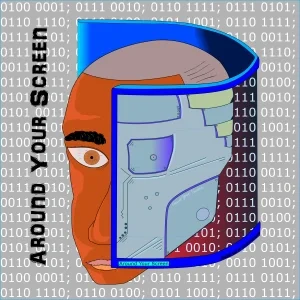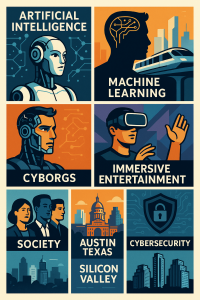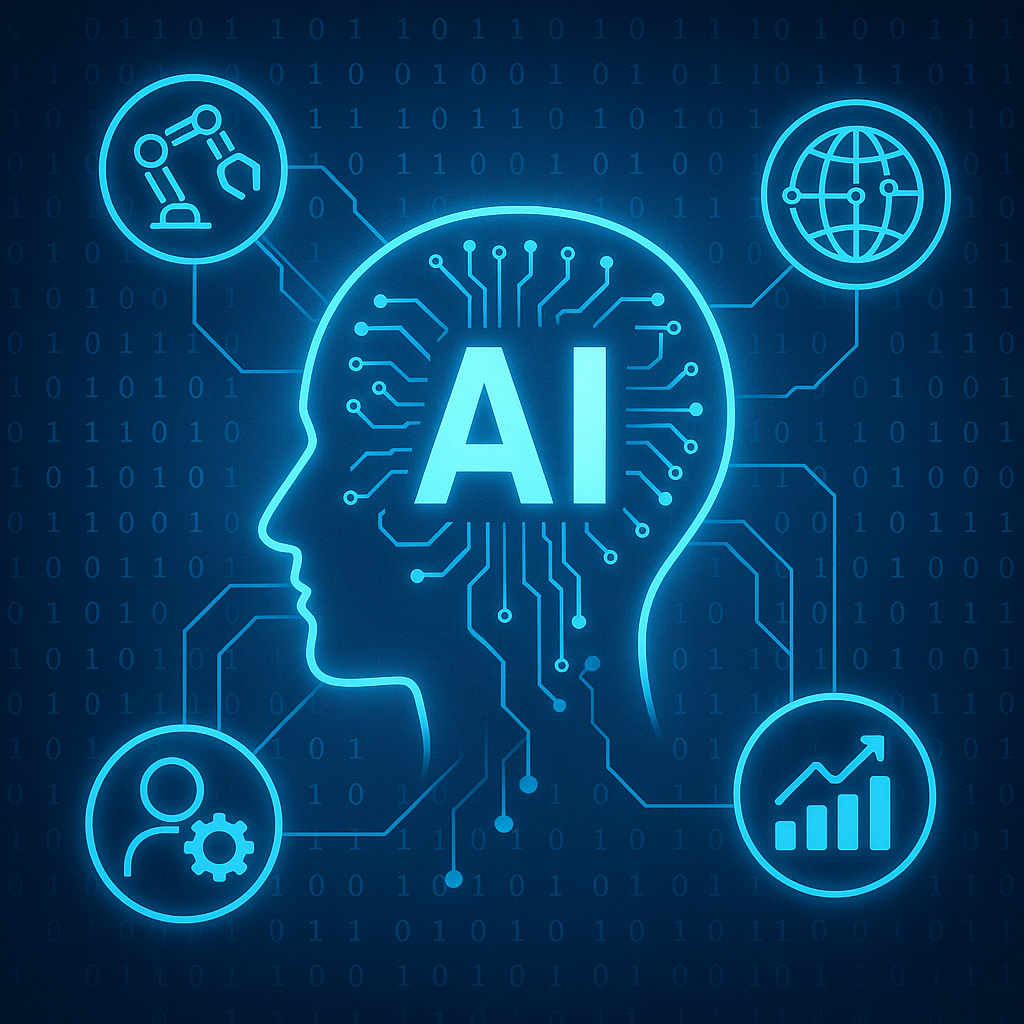
The landscape of innovation in the 21st century is markedly shaped by the evolution of Artificial Intelligence (AI). From self-learning algorithms to natural language processing, AI is now interwoven into the fabric of our daily existence. The primary role of AI is to simulate human intelligence and facilitate seamless decision-making across industries, turning complex data into actionable insights. Companies leverage AI to enhance customer experiences, automate processes, and even predict market trends. This technology not only increases efficiency but also inspires creativity, as it handles repetitive tasks and frees humans to focus on higher-level thinking. As the foundational force behind many breakthroughs, AI is a crucial pillar in the ongoing march toward a more intelligent and interconnected world.
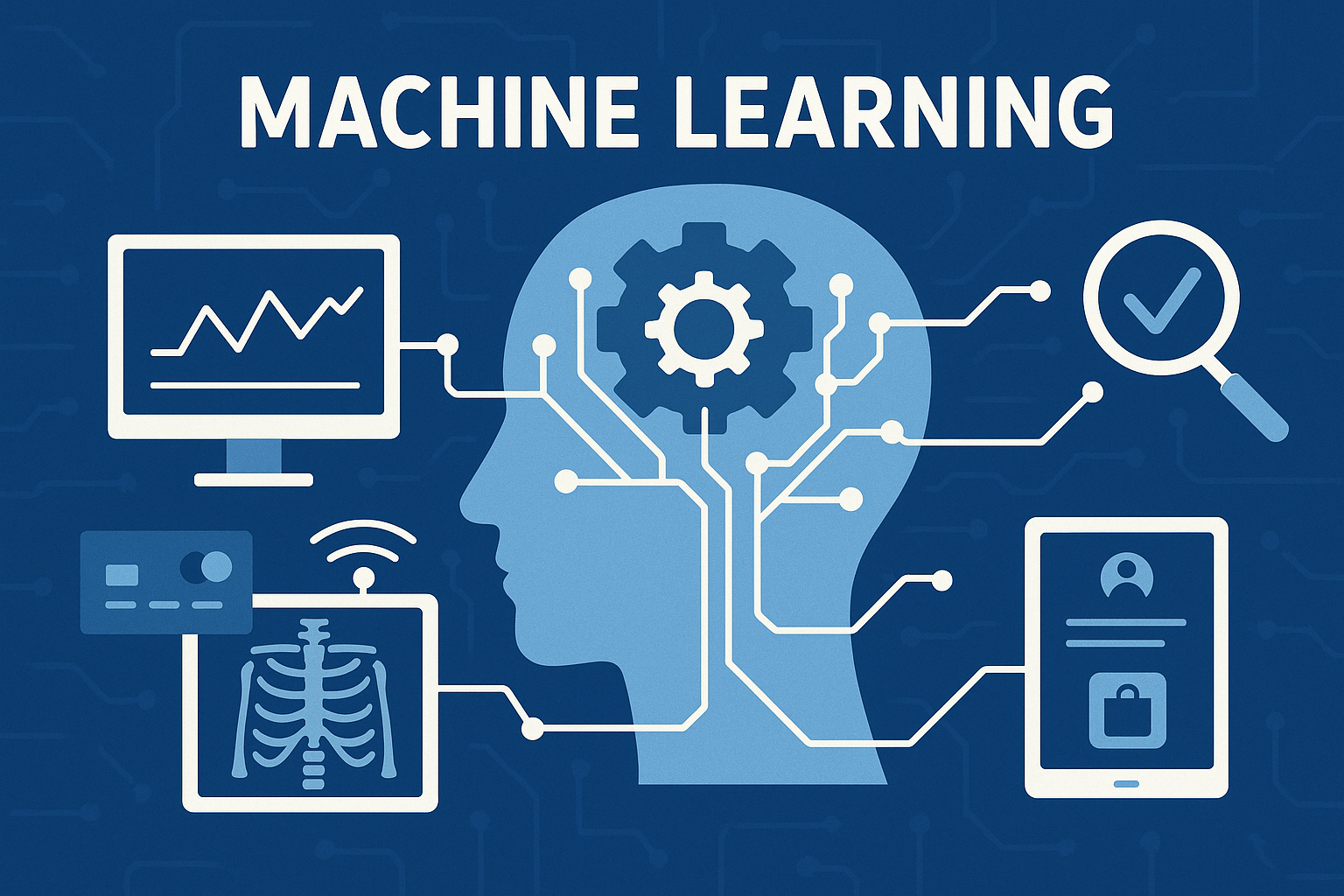
Closely linked to AI is the expansive field of Machine Learning (ML). ML enables systems to learn from data, recognize patterns, and improve over time without explicit programming. In sectors like healthcare, ML algorithms analyze X-rays and MRI scans, offering diagnostic suggestions that improve with each case it processes. Financial institutions use ML to detect fraudulent activity instantly. ML’s impact on automation is profound: it creates adaptive systems that personalize experiences, such as customizing news feeds and recommending products. As the volume of data continues to grow exponentially, machine learning will become increasingly indispensable, pushing the boundaries of what technology can achieve independently.
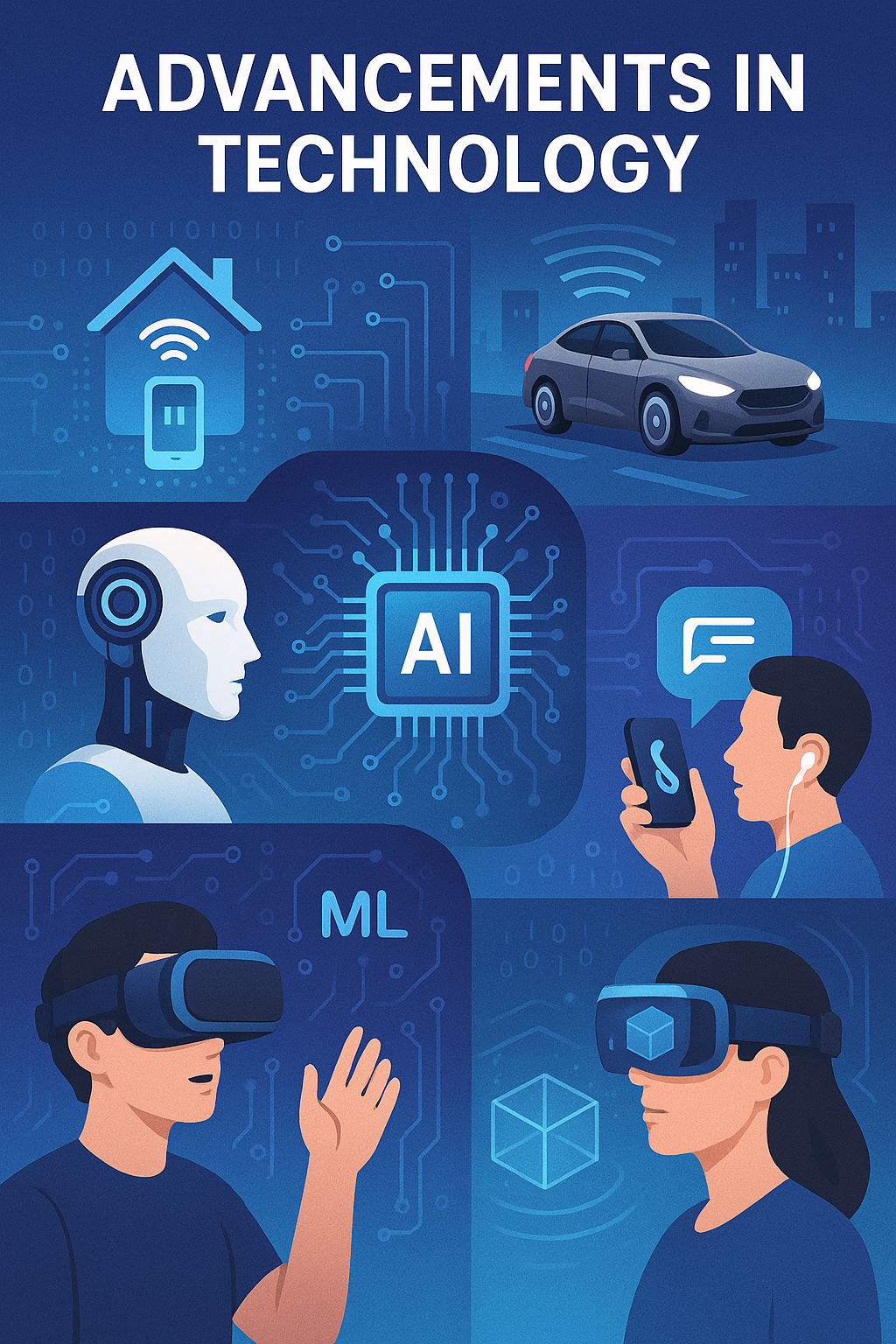
The surge of Advancements in Technology owes much to the seamless integration of AI and ML into myriad industries. We now see the birth of technologies once thought to be purely science fiction, including smart homes, autonomous vehicles, and real-time language translators. These innovations aren’t just improving efficiency; they’re redefining how society interacts with the digital and physical world alike. The fusion of virtual and augmented reality, driven by AI, is also fueling new forms of immersive entertainment, changing the way we experience stories, games, and even learning itself. Every technological leap propels society toward a future where boundaries between the digital and real worlds become increasingly blurred.
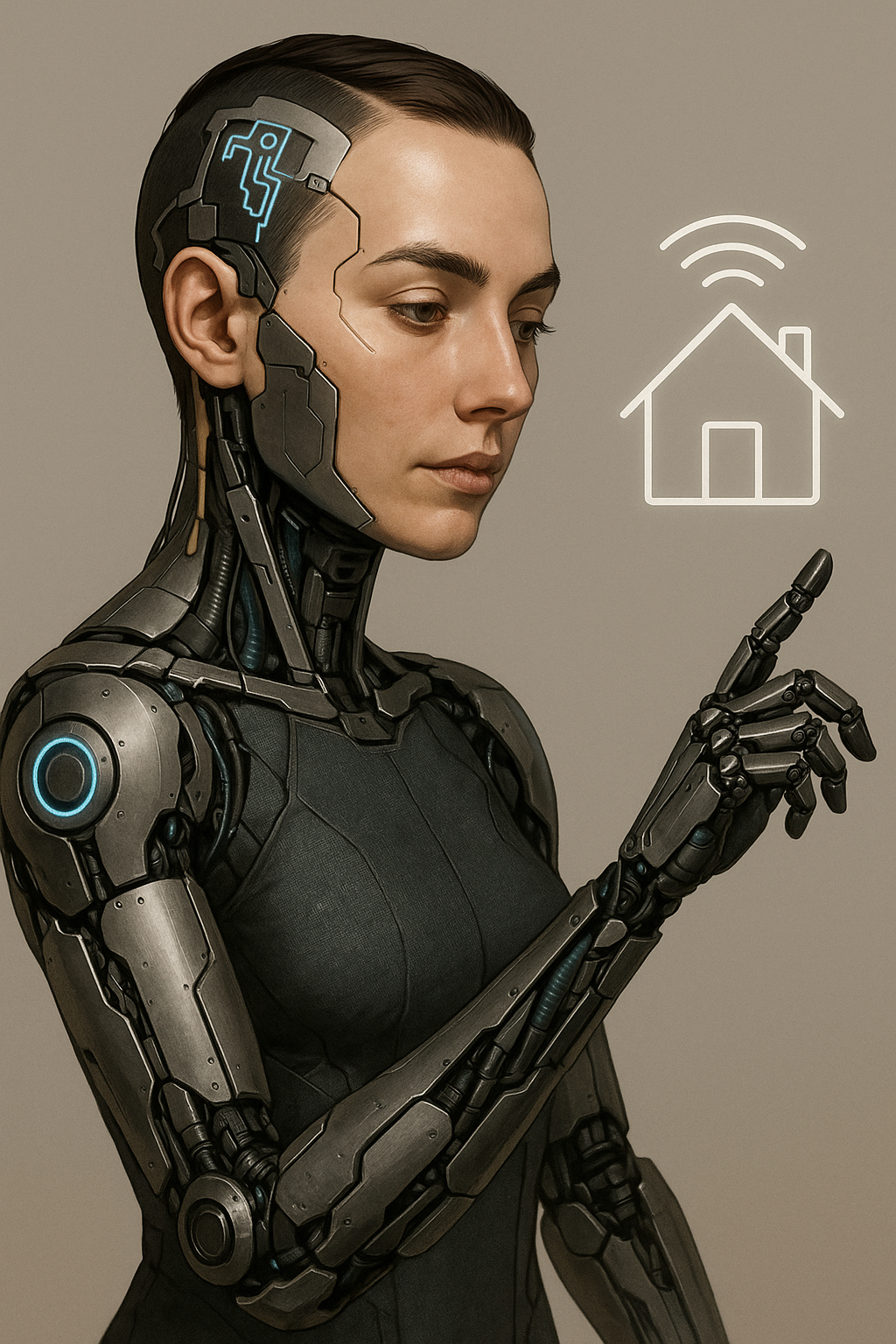
One of the most fascinating outcomes of technological advancement is the rise of cyborgs—humans enhanced by technology. Today, individuals use neural implants to regain lost senses or even control smart home devices with the power of thought. Prosthetics powered by AI adapt to individual movement patterns, providing unprecedented levels of mobility and independence for users. This fusion of biology and technology isn’t just functional; it’s a testament to human ingenuity. It prompts society to reconsider the definition of what it means to be human, especially as these enhancements become more mainstream. Cyborgs exemplify the profound ways technology can extend human capabilities and even redefine identity and ability in society.
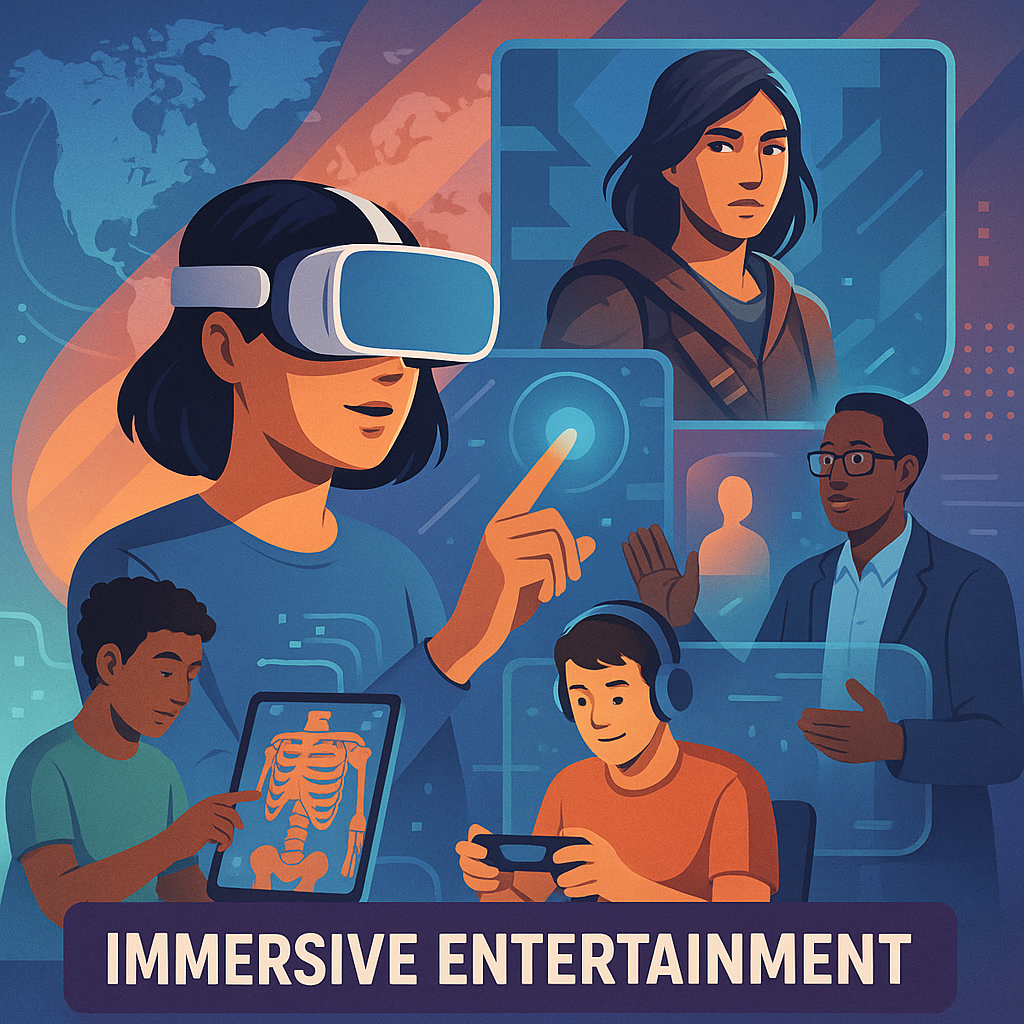
The synergy of AI, ML, and technological advancements is vividly evident in areas such as immersive entertainment. With virtual and augmented reality becoming more accessible, users are stepping directly into alternate worlds, not merely observing them. AI-driven characters in video games can learn from player behavior, crafting ever-evolving narratives tailored to individual users. As technology continues to advance, immersive entertainment isn’t just about escapism—it’s about connection, education, and social interaction. Artists, educators, and entrepreneurs now harness these tools to foster empathy, simulate complex scenarios, and make learning an engaging, interactive experience for people of all ages. The convergence of tech and creativity is catalyzing new forms of collaborative and participatory entertainment experiences.
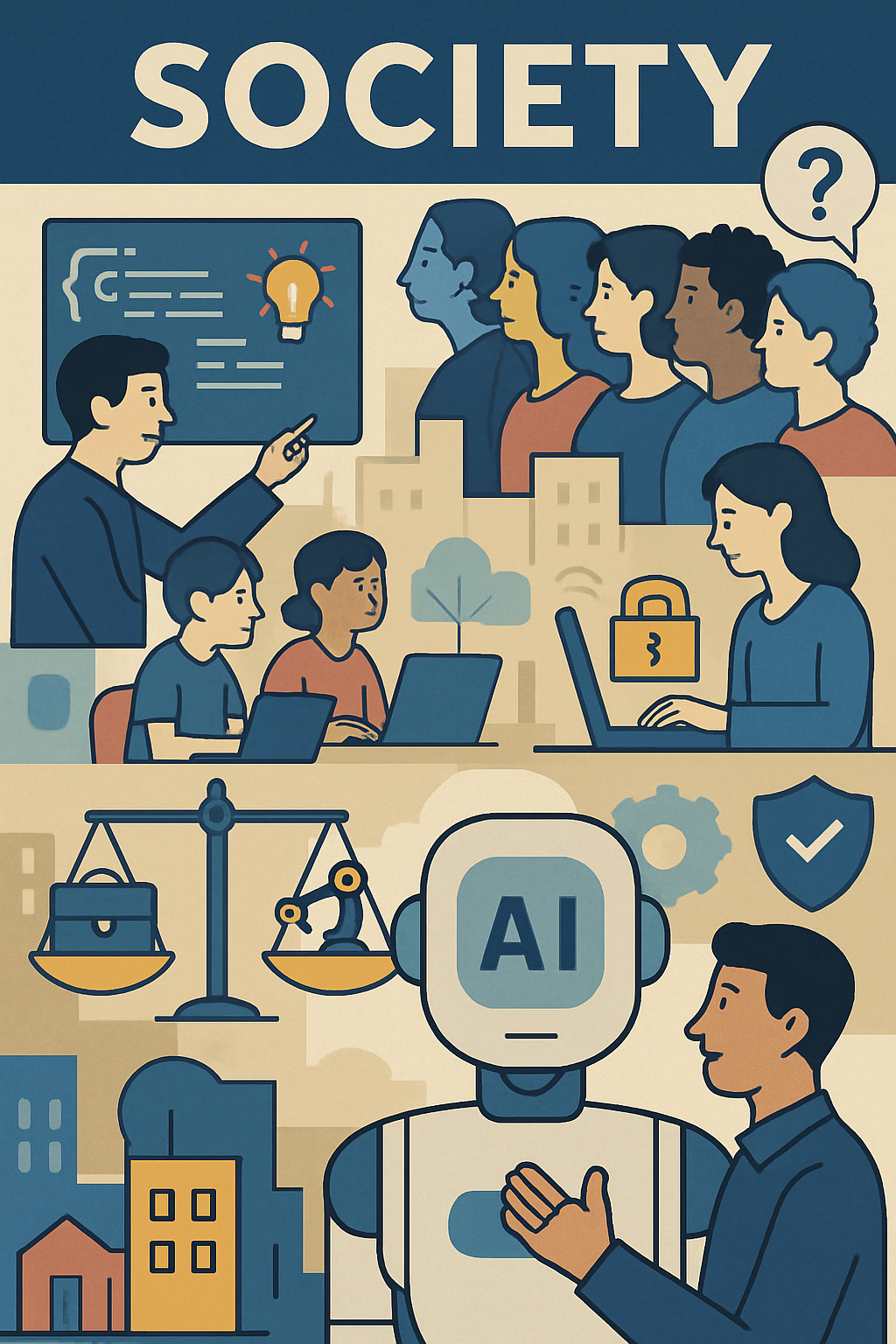
Society is both the architect and beneficiary of these technological wonders. Public perception, ethical considerations, and potential impacts on employment shape every facet of technological progress. Communities are rethinking education models, with schools now teaching coding and technology management as basic skills. This shift in societal priorities ensures that the next generation is equipped to both utilize and critique the tools of tomorrow. Furthermore, the growing debate regarding data privacy and artificial bias demonstrates society’s crucial role in guiding AI toward benevolent ends. Ultimately, the adoption of new technologies is tightly coupled with societal readiness, highlighting our collective responsibility in shaping a future that is equitable and secure.
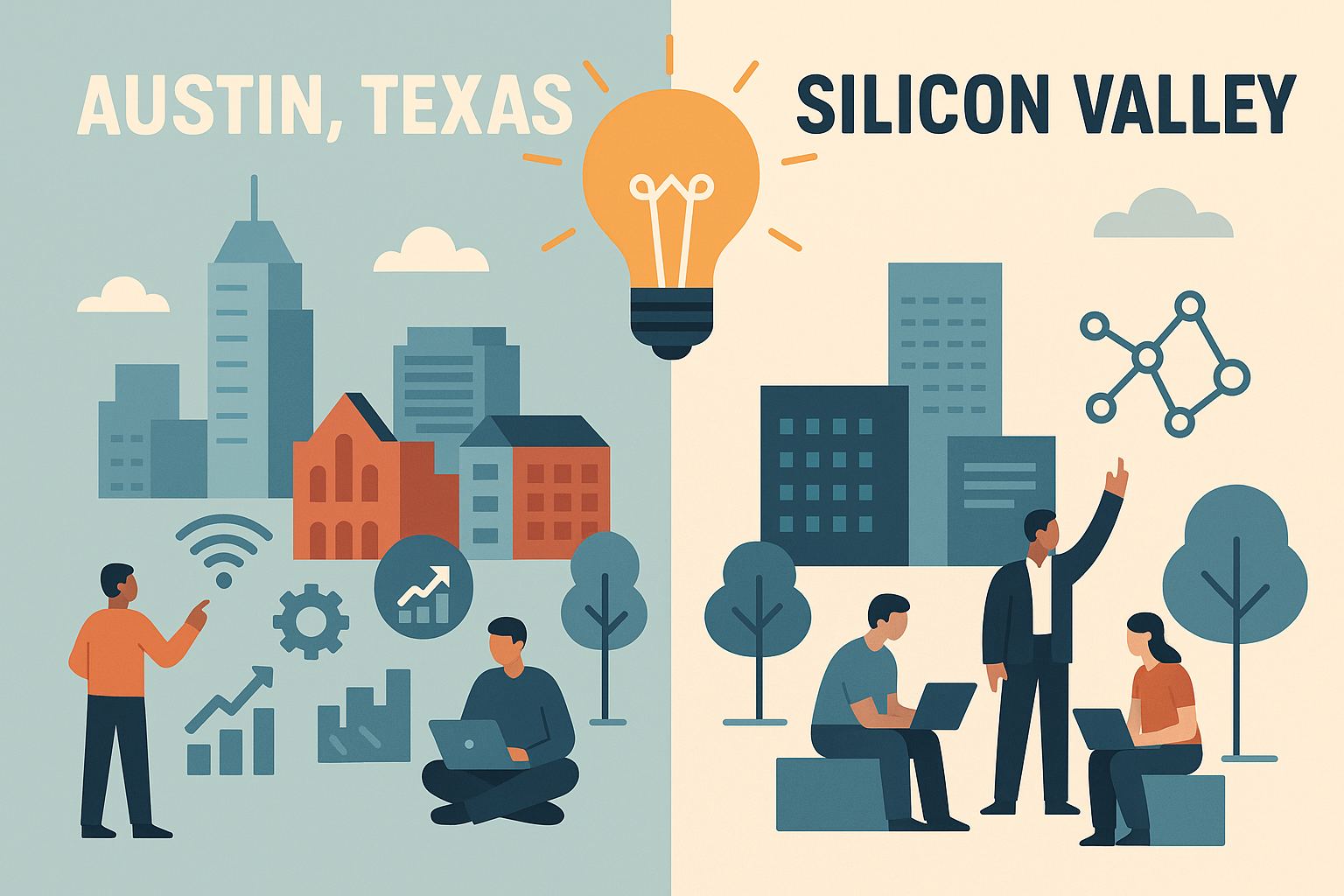
When we examine innovation hotspots like Austin, Texas and Silicon Valley, the connection between geographical location and technological progress becomes evident. Austin’s rich cultural environment, progressive policies, and thriving startup ecosystem attract tech talent and groundbreaking companies alike. Similarly, Silicon Valley’s longstanding tradition of innovation and investment capital has nurtured globally recognized leaders in AI, ML, and beyond. Both regions act as incubators for the most ambitious ideas, creating ripple effects that influence technology adoption everywhere. The local culture, government support, and rich talent pool coalesce to drive creativity and economic growth. By embracing diversity and fostering a spirit of collaboration, these hubs keep pushing the boundaries of what’s possible.
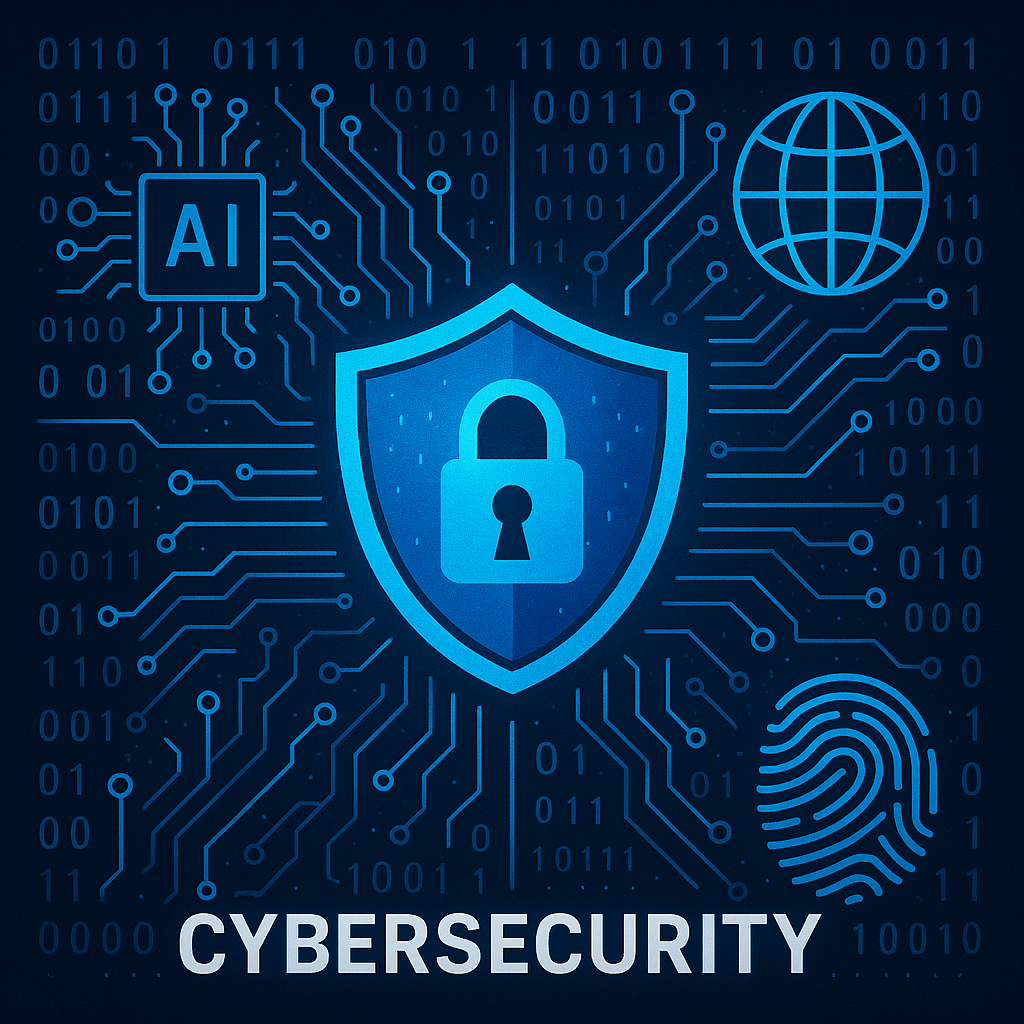
A crucial, and sometimes underappreciated, component of this technological tapestry is cybersecurity. With the proliferation of sophisticated AI, ML, and immersive technologies, the risk landscape grows ever more complex. Cybersecurity professionals are now deploying AI-driven tools to predict, detect, and counter threats in real time, safeguarding both individuals and organizations. As IoT devices multiply and personal data becomes increasingly precious, robust security measures are not just a technical necessity—they’re ethical imperatives. Ongoing education around best practices in digital safety ensures that society can harness the benefits of innovation without sacrificing privacy and trust. Cybersecurity is the invisible backbone enabling our digital transformation to proceed safely and confidently.
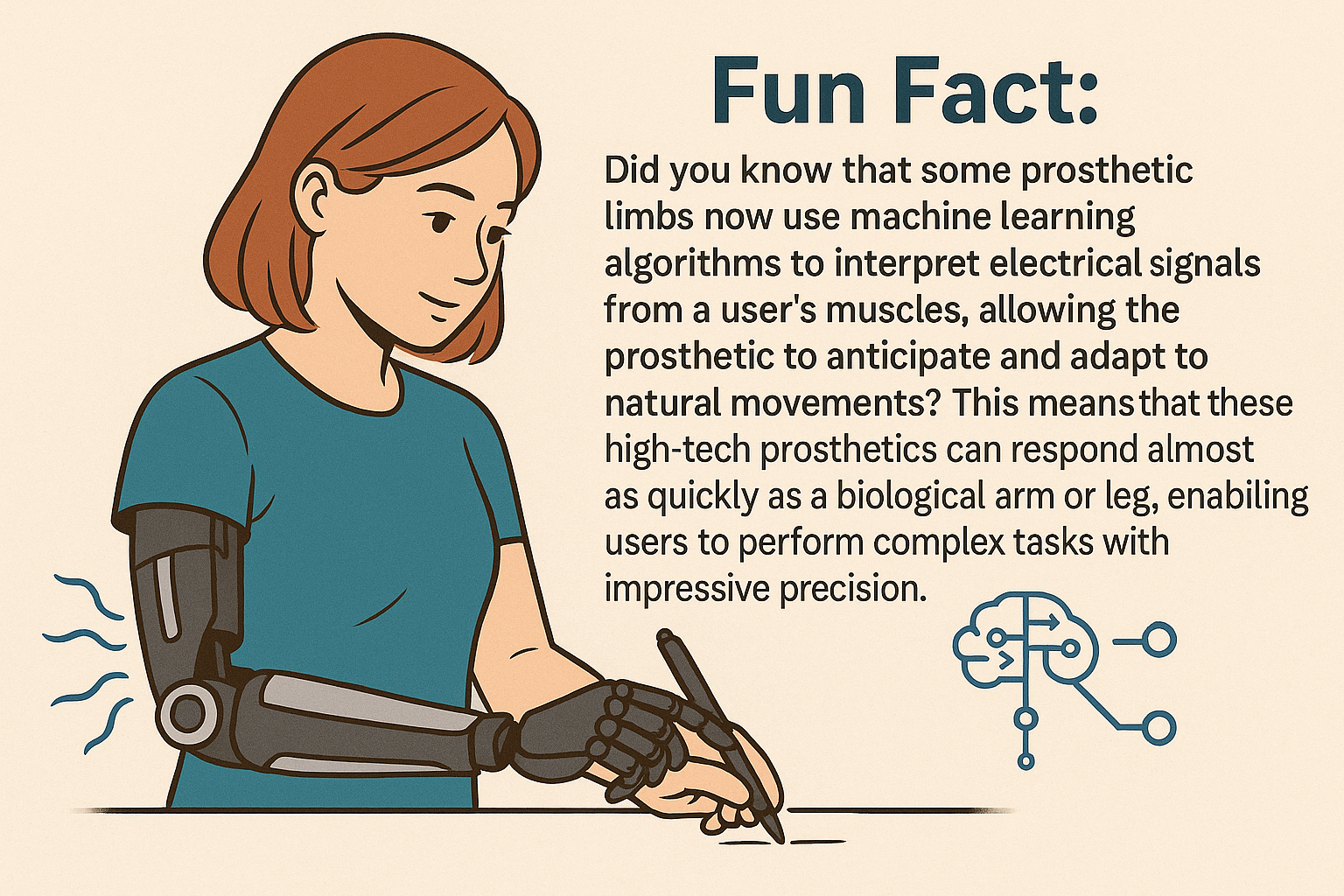
Fun fact: Did you know that some prosthetic limbs now use machine learning algorithms to interpret electrical signals from a user’s muscles, allowing the prosthetic to anticipate and adapt to natural movements? This means that these high-tech prosthetics can respond almost as quickly as a biological arm or leg, enabling users to perform complex tasks with impressive precision.
